Bats are seeking sanctuary in churches – but they’re making an unholy mess

Rebecca Morelle,Science Editor and
Alison Francis,Senior Science Journalist
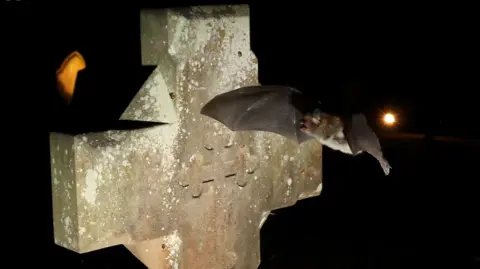 Chris Damant/Bernwood Ecology
Chris Damant/Bernwood EcologyIt’s a job that can only be done under the cover of darkness.
As night falls, the bat hunters make their way amongst the gravestones of Guestwick Church in Norfolk.
The creaking door opens. Inside is the pitch black, deserted church and the team start to set up their specialist gear.
Infrared and thermal cameras are carefully positioned, and audio detectors are set to bat friendly frequencies.
The bats soon begin to emerge, darting and swooping up and down the aisles, the amplified sounds of their bat chatter filling the historic building.
“Many of these churches have been on these sites for probably 1,000 years, and probably as long as they’ve been standing they’ve had bats in them,” says Diana Spencer, from the Bats in Churches Project.
A new study published in the British Ecological Society’s journal People & Nature has found that these historic buildings are providing vital homes for the nocturnal animals.
The research, based on citizen science surveys led by the Bat Conservation Trust, estimates that half of all churches in England – that’s more than 8,000 – have bats in them.
And that figure rises to about 80% for older churches.
“They’re basically like a man-made forest,” says Spencer.
“Full of little nooks and crannies where they can roost, big open flight spaces, dry spaces inside, away from the rain, where they can fly around. It is really just an absolutely perfect environment.”
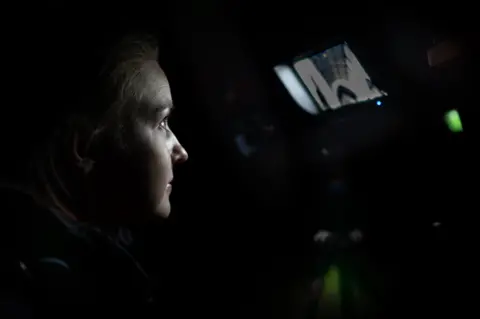 Tony Jolliffe/BBC News
Tony Jolliffe/BBC News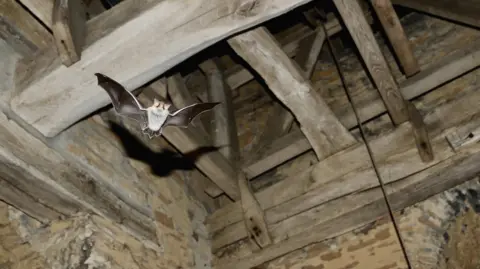 Chris Damant/Bernwood Ecology
Chris Damant/Bernwood EcologyThere are two types of bats at Guestwick: Common Pipistrelles and Natterer’s. They roost high up in the rafters.
The Pipistrelles emerge first, flying around for a few minutes, before squeezing out through minute gaps around the church door.
The Natterer’s come out a little later, preferring to exit through small holes in the roof to get outside and find food.
Without the help of the specialist cameras, the bats are near impossible to spot, lost in the darkness.
About a third of the churches surveyed in the study had no idea that bats were living there.
But in others, their presence was much more noticeable. Bats can be messy houseguests.
“They’re lovely, but they’re problematic too,” says Graeme Peart from St Margaret’s Church, Saxlingham, just a few miles from Guestwick.
He’s responsible for the upkeep of the church – and says the bats started to become a nuisance about 15 years ago.
“There’s the urine, the droppings,” he says. “One time there was a carpet leading up to the altar that became absolutely sodden with urine and droppings and had to be thrown away. They also destroyed the brass work.”
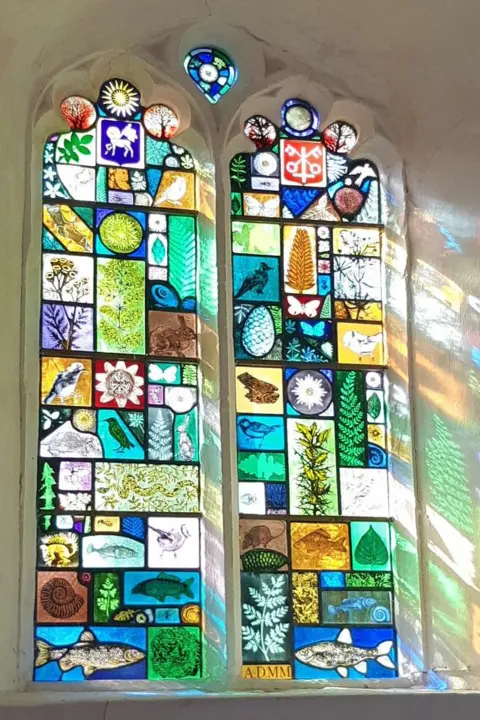 Bats in Churches
Bats in ChurchesBats are legally protected in the UK, so it’s generally not possible to remove them.
But the church has worked with the Bats in Churches team to find a solution – they’ve built a sealed-off loft conversion above the vestry.
Ecologist Phillip Parker sets up his ladder to show us inside.
“The idea is that the bats that are in the main body of the church will live in here, rather than in the church itself,” he explains.
It’s kitted out with CCTV cameras, allowing the team to monitor the animal’s behaviour.
“What we have found is certain weeks during the year there’ll be a hundred bats in here, and then suddenly they will disappear,” says Parker.
“We don’t know where they go, but they disappear for about 10 days, and then they’ll come back again. And without the CCTV, we never knew that.”
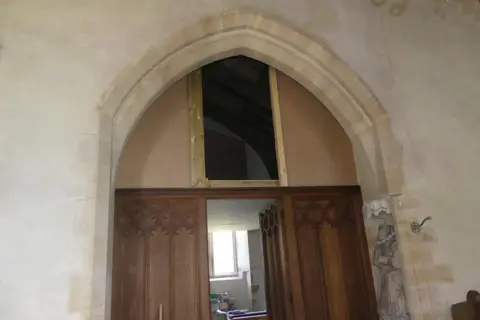 Bats in Churches
Bats in ChurchesA major construction project like this takes time, effort and money.
The new loft, and the continued monitoring of the bats, has cost about £50,000, funded through the Heritage Lottery Fund and other partners.
Diana Spencer says there are other less costly solutions and grants are on offer from the Bat Conservation Trust.
“On a simple level, you can use sheets or covers over areas where things might be damaged. You can put wax coating on things like brass so that the urine doesn’t damage it.”
She recommends that anyone who finds bats in a building should contact the National Bat Helpline for advice.
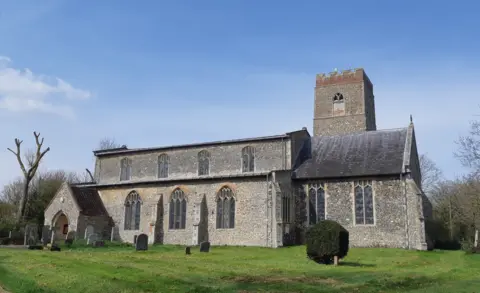 Bats in Churches
Bats in ChurchesIt seems more bats are seeking sanctuary in churches.
“They’re losing lots of habitat – lots of woodland,” says Spencer. “And we’re also knocking down old buildings, making our homes warmer, more airtight – there are less places for them to go.”
Church users are having to learn to live alongside these creatures of the night – and some parishes are even starting to see bats as more of a treat than a trick.
“We regularly see churches having bat nights and bat events,” says Spencer.
“And they can be a really, really good way of reaching people, particularly in the local community, who might not come into a church for a service or prayer, but they’ll come in to watch the bats, because people find them really, really fascinating.”




